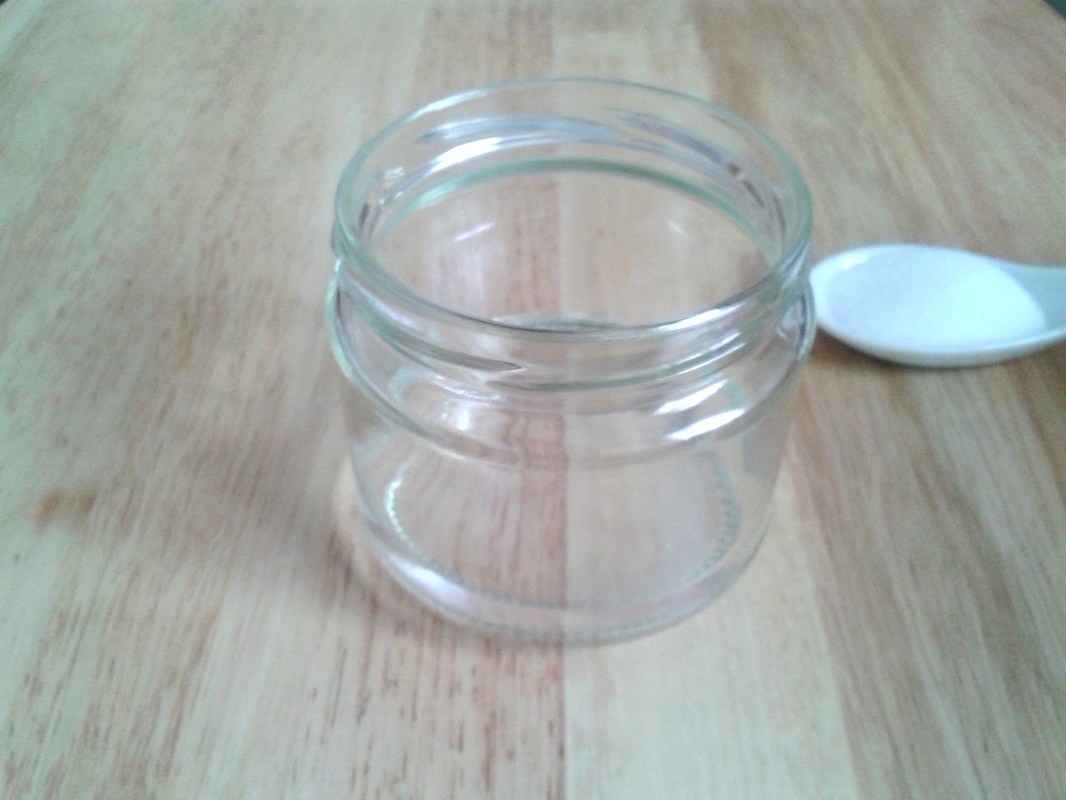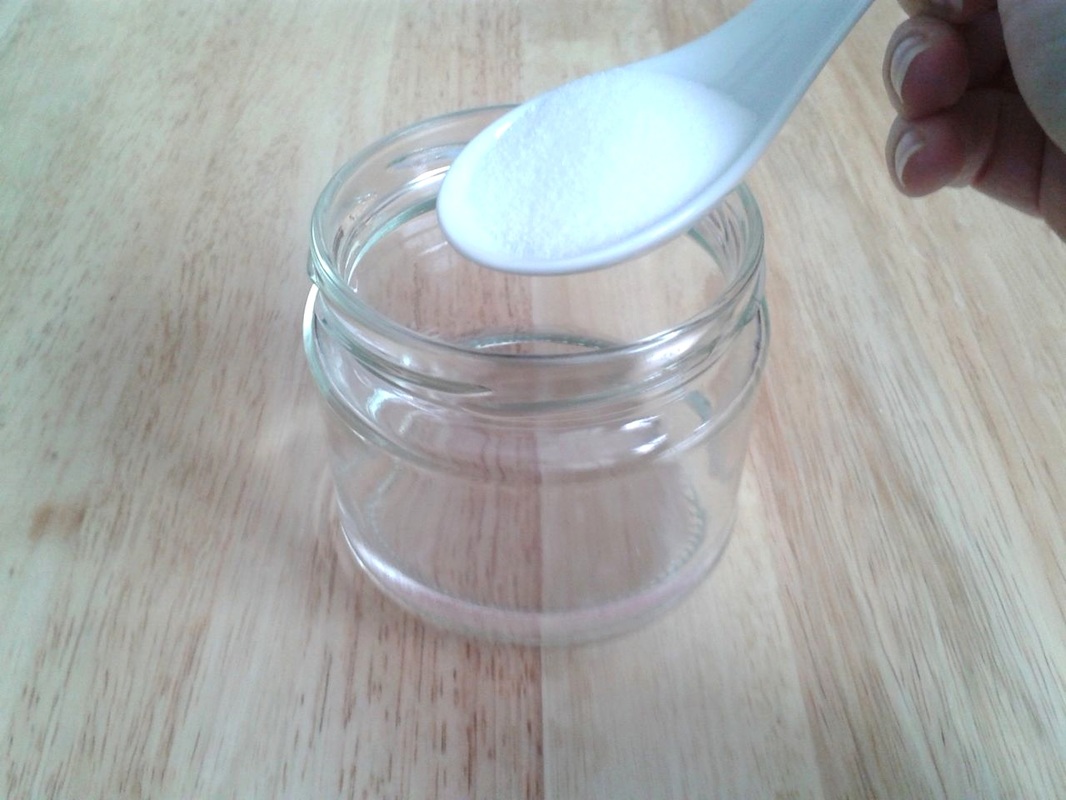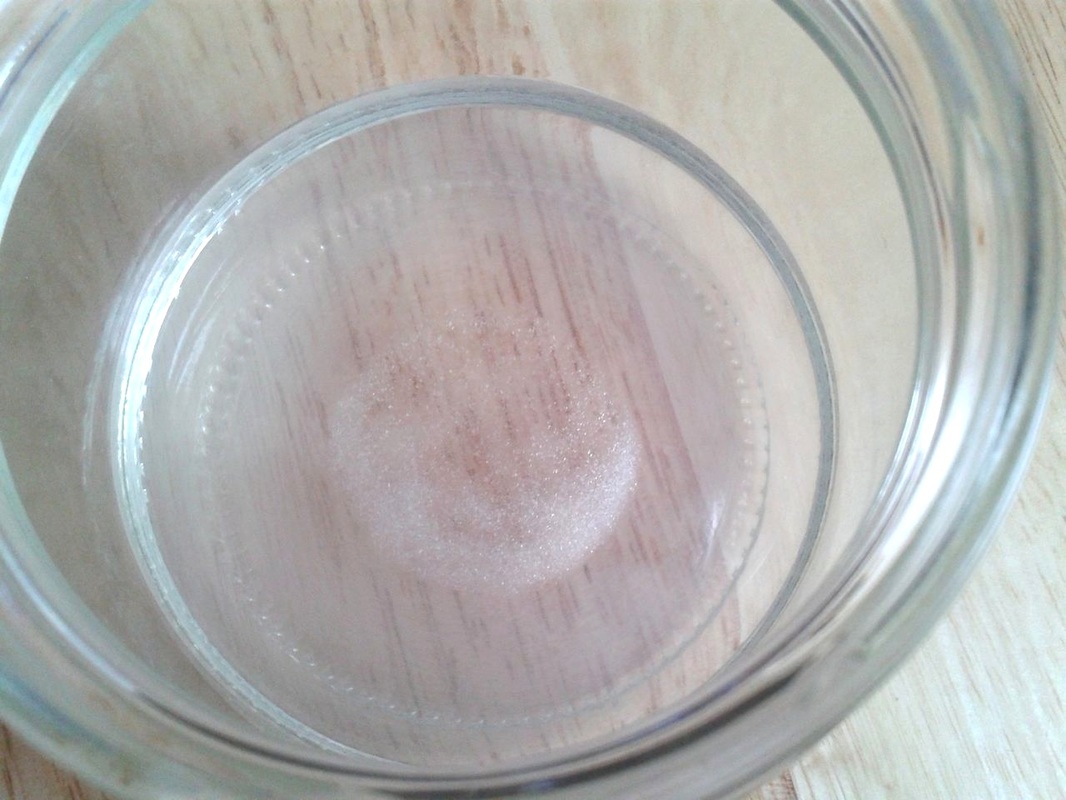|
You already read how much I hate the many harmful chemicals used in jewelry making and how I am in favor of green alternatives. Today's good news is that the substances used to protect metal from firescale are among the easiest to eliminate from one's workshop. Using a torch on sterling silver leaves it coated in a dark layer. To get rid of it, one can use a chemical solution - a pickle - but this is not the only option and a simple all-natural method exists that will allow you to get rid of firescale without any of the guilt. As you'll see, it is all very simple. Chances are you can get started right away because you already have everything you need. I need pins almost every day and I make them in batches. It only takes a moment to make them. However, somethings needs to be done about the black layer that coats them. For the procedure I am about to explain you will need dry pins. if you have other element that needs to be freed from heatscale, feel free to use them. Just dry them first. There are two ingredients you will need to create a solution. Some salt and some white vinegar. I use a simple jar for my solution. I chose a jar with a fairly wide bottom to allow my silver to be submerged in the solution. As you see, I have only added a small amount of vinegar into my jar, no more than 2 centimeters (about one inch). I won't need more and I don't see any reason to make more than I need. Others who are using this method like to be able to heat their solution. Heating allows the chemical processes at play to sort their effects faster. Personally, I don't mind waiting. My pins are made in small batches whenever I run short of them, so time is not a concern. If you need to get rid of firescale quickly, though, be aware that heating the vinegar and keeping it warm in a heating ceramic pot might do the trick. There is a reason the pot needs to be made in ceramic. Metal will react with the solution, color it, and end up coloring your silver too, therefore whatever you do, do not use metal - not for the container and not for any tool you might use. Once you start adding salt to your vinegar, you will see the vinegar going from clear to milky before going back to clear. Soon enough the amount of salt will be too much to keep dissolving and that will be the moment you can stop adding more. Time to immerse your silver in the solution. It will probably take at least two hours for the solution to dissolve your heathscale, possibly more. Since the container is see-through, you won't have any issue checking on the progress of your silver. Once the process is complete, you can just reach for your silver and rinse it thoroughly. As you see, I reach for it with my bare hand. This solution is made with ingredients that are completely safe for you. Just make sure you have no cuts or scrapes in your hand and you will be fine. If you do need to use a tool, remember to choose a tool made of wood or plastic. Don't use any metal! While this solution is perfectly safe, it needs to be washed away from your silver. A small container filled up with water will do the trick. Et voilà, your silver is no longer covered in firescale, and you can pat it dry, and start using it! Your solution can be saved in the jar, ready for future uses. If you have enjoyed finding out about this natural method and you would like to find out more, please check out my blog on oxidizing silver without liver of sulphur. You know I'm not fond of noxious chemicals, and some of you asked me to elaborate and explain how I manage to avoid using them. I finally have a chance to show you how it's done with a short and sweet tutorial on how to oxidize silver – by using things you probably already have at home. But first of all, let me explain to you how I ended up oxidizing the earrings in this tutorial, and why. I have some very nice agate beads in a very delicate gray color. It's a beautiful shade of gray, but it doesn't look like much against silver, until the moment the silver is oxidized. At that point the agate stands out much more, and the contrast between the color of the stone and the wire-wrapped frame of the earrings looks really good. As you see from the pictures, the stones are already in place and they can go in with the rest of the earring without any danger. The earrings I am using in this tutorial are indeed very small, it's not just your impression. I love making small earrings - in fact, small and ultra-light earrings. I have such small earlobes that anything heavier than two grams is a bit too much for me for extended periods of time. However, it's not easy to find earrings that are light and decorated with the gemstones I like. The desire to start making my own earrings was in part what led me to take up jewelry making. It goes without saying that the technique described in this infographic can be scaled to work with much bigger earrings and even with more than one jewelry project at a time. I hope you'll find it useful, and please, feel free to contact me with any questions! First things first. The method I am going to describe is not difficult and can be used at home with minor preparation. Chances are you already have everything you need: the silver jewelry you want to oxidize, one or more eggs, and a sealable plastic bag. After chopping up to pieces your hardboiled egg, place it in a sealable bag with the silver. Make sure the two don't touch as this might result in uneven oxidation. The sulphur from the yolk will slowly work its magic on the silver. Give it several hours, or leave everything there overnight, and be ready to be amazed by the results. At this point all is left to do is to get rid of the excess oxidation. Some soap and/or some fine steel wool will work wonders. It's obviously easier when you do all this before you assemble your pieces, but in a pinch it can be done also after they have been assembled. You assemble all the pieces, some more polishing and... ta dah! With Christmas only a few days away and the darkness of the shortest day of the year surrounding us, I thought I would give you all something different from the usual blog post. Hopefully you are an experienced crocheter, or maybe not, you just enjoy the pretty lights, especially during the holidays. Be as it may, this crochet pattern for a mason jar fairy light luminary is for you. I wish you all great holidays and a great 2015! Update, December 31st, 2014.
I hope you are having fun with this crochet pattern and I like to think that you are very close to having a new fairy lights lantern for your home! To spread the fun, after appearing here this pattern has also been posted in Diana Moore's blog, Simple Crochet and Crafts. As you'll realize as soon as you follow the link, this is a wonderful blog with some great patterns and great ideas for a number of different crafts including patterns for robots, baby accessories, hats, and much more. I especially recommend you to take a look at Diana's blog if by any chance you are more at ease with a pattern than with a diagram since a pattern is now available on Diana's blog. Could this be the most fun of your New Year resolutions? It would be a very easy one to keep! Have fun with it and get in touch if you need help! |
Archives
May 2016
Categories
All
MonicaI love hematite, onyx, and chocolate. |
|
Copyright © 2024 Harsh and Sweet®. All rights reserved.
This website uses cookies. By continuing to use this website, you are giving consent to their use. For more information on cookies, please, visit www.google.com/privacy/partners/
|

























 RSS Feed
RSS Feed














